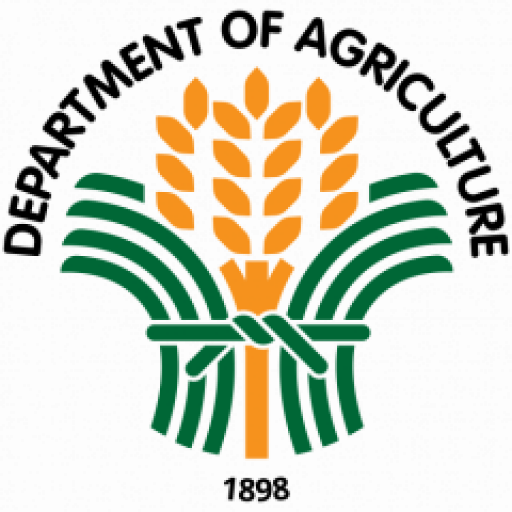Member-agencies of the Regional Management Committee of the Department of Agriculture in Central Visayas (DA RMC 7) gathered for the March meeting, held today (March 31, 2025) at a venue in Mandaue City.
Presided by DA7 Regional Executive Director Angel Enriquez, with the two Regional Technical Directors (RTD), Engr. Cirilo Namoc and Wilberto Castillo, the meeting was attended by DA’s attached agencies, to include National Dairy Authority (NDA 7), Philippine Carabao Center (PCC 7), National Meat Inspection Service (NMIS 7), Bureau of Fisheries and Aquatic Resources (BFAR 7), Bureau of Plant Industry (BPI 7), Fertilizer Presticide Authority (FPA 7), Philippine Crops Insurance Corporation (PCIC 7), Agricultural Training Institute (ATI 7), PhilRice, National Food Authority (NFA 7), Philippine Coconut Authority (PCA 7), Philippine Fiber Industry Development Authority (PhilFIDA 7), National Irrigation Administration (NIA 7) and the Regional Agricultural and Fishery Council (RAFC 7).
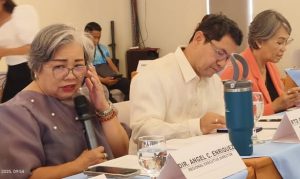
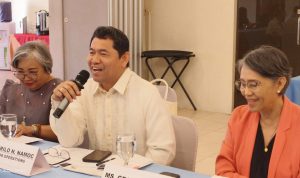
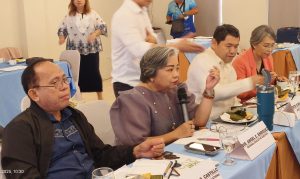
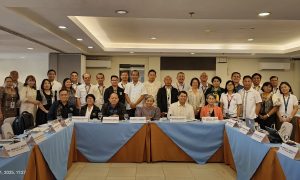
Director Enriquez, shared to the agencies the series of Technical Review Workshops conducted on the proposed 3-year plan and budget (2026-2028), saying “proposals are to be focused on areas with high poverty incidence, the prevalence of nutrition, among others. I want to see your proposals for us to know where we can have the convergence of activities, as well as to be able to present and defend at the Central Office.”
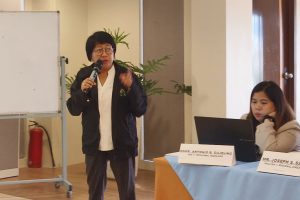
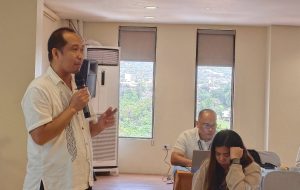

RTD Namoc shared that plans are very crucial, and the need to scrutinize the budget for convergence, and to identify activities that will provide an impact to the farmers and fishers.
The ATI presented their training accomplishment for 2024 and the list of training for 2025, as well as their proposed 2026 plans and target for rice, corn, high value crops, organic agriculture, urban agriculture, livestock and on the Coconut Farmers and Industry Development Plan (CFIDP).
It was suggested that aside from the listed training such as the Crop Production and Good Manufacturing Practices (GMP), [ATI] also to consider are Good Agricultural Practicese (GAP), Soil Health, Livestock, Fisheries and the safe use of pesticides, among others.
To include also in the training are those identified F2C2 areas for rice as convergence activities, which are the municipalities of Pilar, Ubay, San Miguel, and Dagohoy.
It was suggested to have a database of training given to agricultural extension workers (AEWs), as well as the continued profiling and georeferencing of the farmers.
BFAR presented their Fisheries Development Program, Extension and the Policies, as well as the Development of the Salt Industry Program (DSIP), which is now being implemented in Negros Oriental and Cebu, in addition to Bohol, for its Asin Tibuok. Central Visayas is strong in terms on aquaculture, seaweeds, high value fishes and in law enforcement.
The PhilFIDA shared their plans, adding that fibers are lucrative enterprises, contributing a share in the economy.
Other important discussions were on coconuts by PCA, sharing that most of the nuts produced in Bohol are exported and processed in Mindanao, while NDA and PCC’s dairy milk are being supplied to Department of Education and Department of Social Welfare and Development for its milk feeding programs.
Activities and proposals of NMIS, FPA, NFA, NIA, PhilRice and DA7 were also presented.
